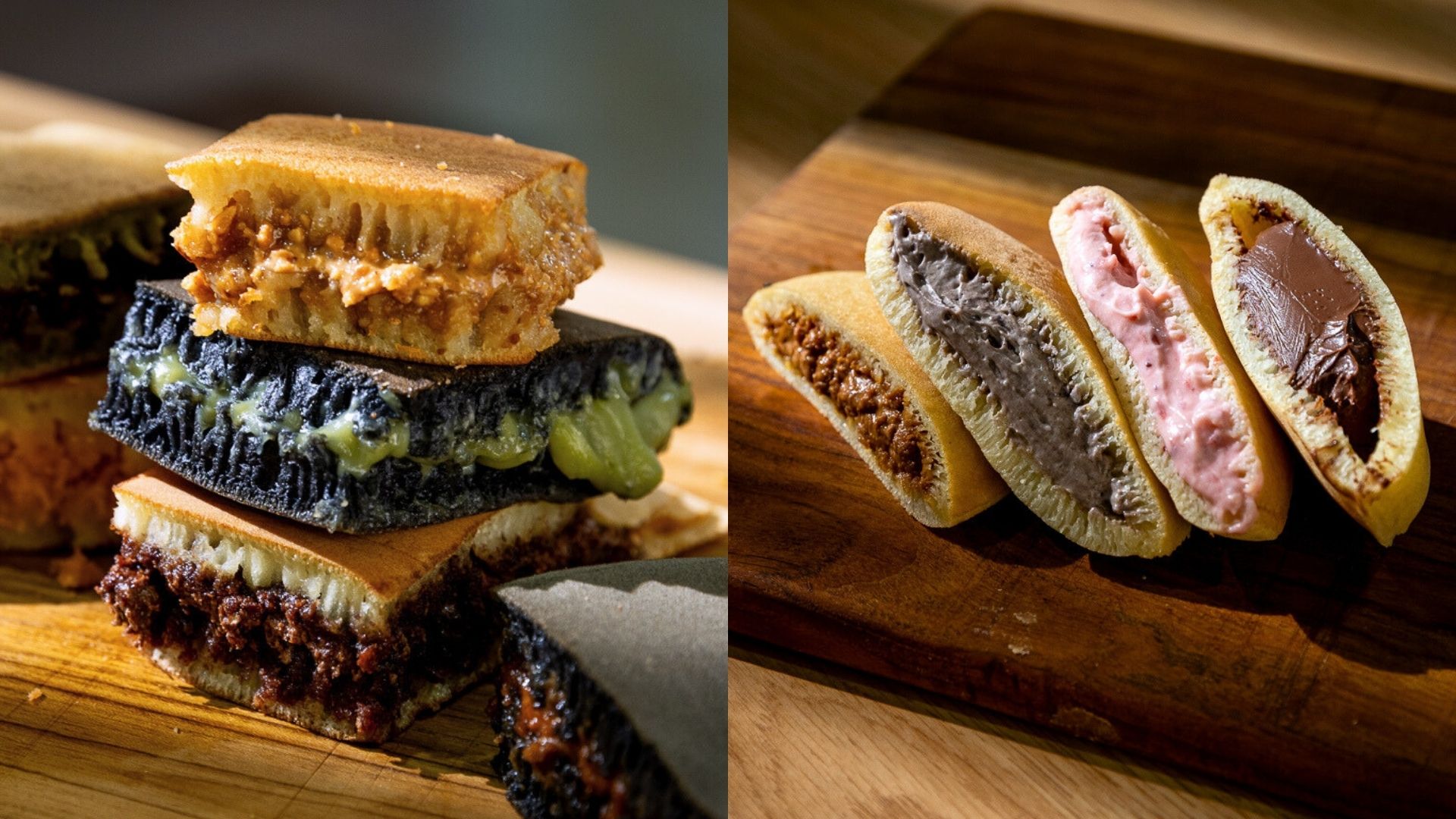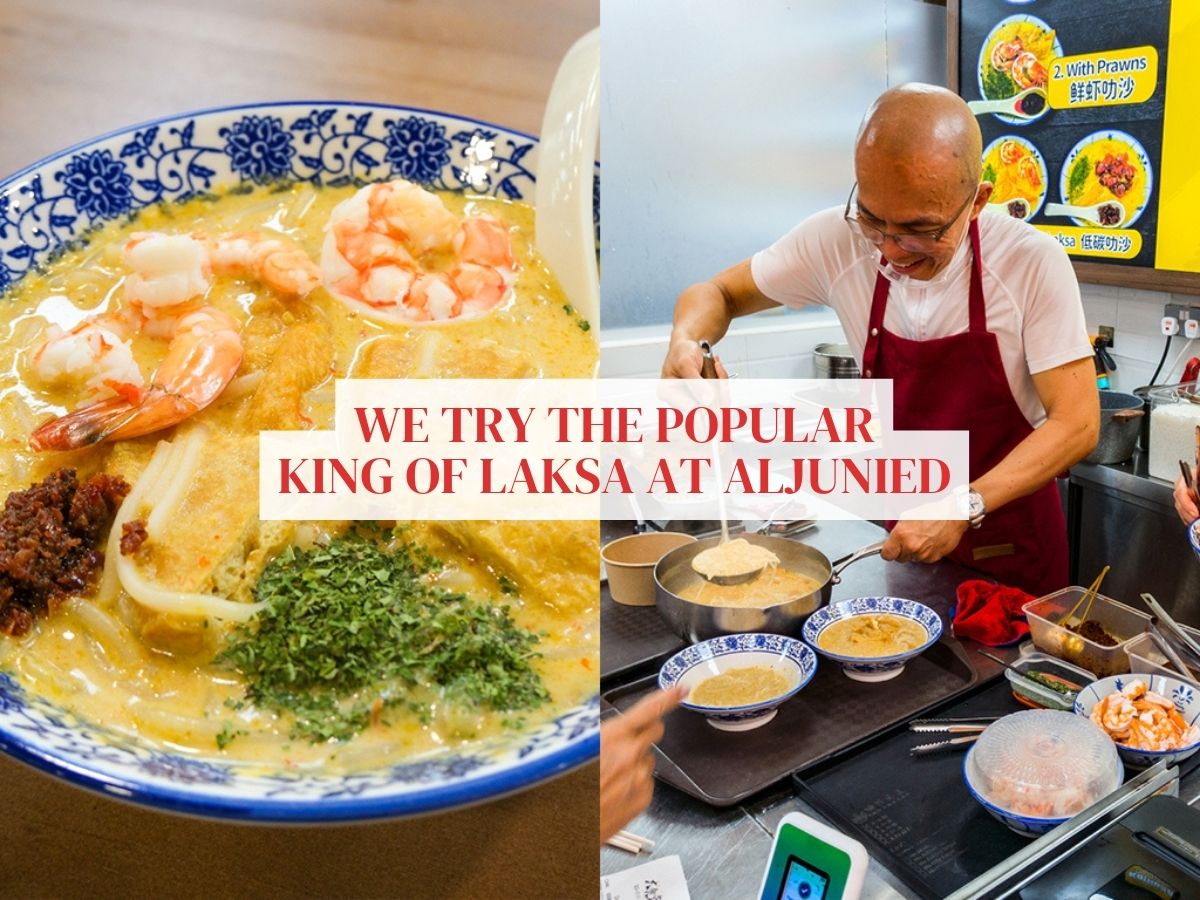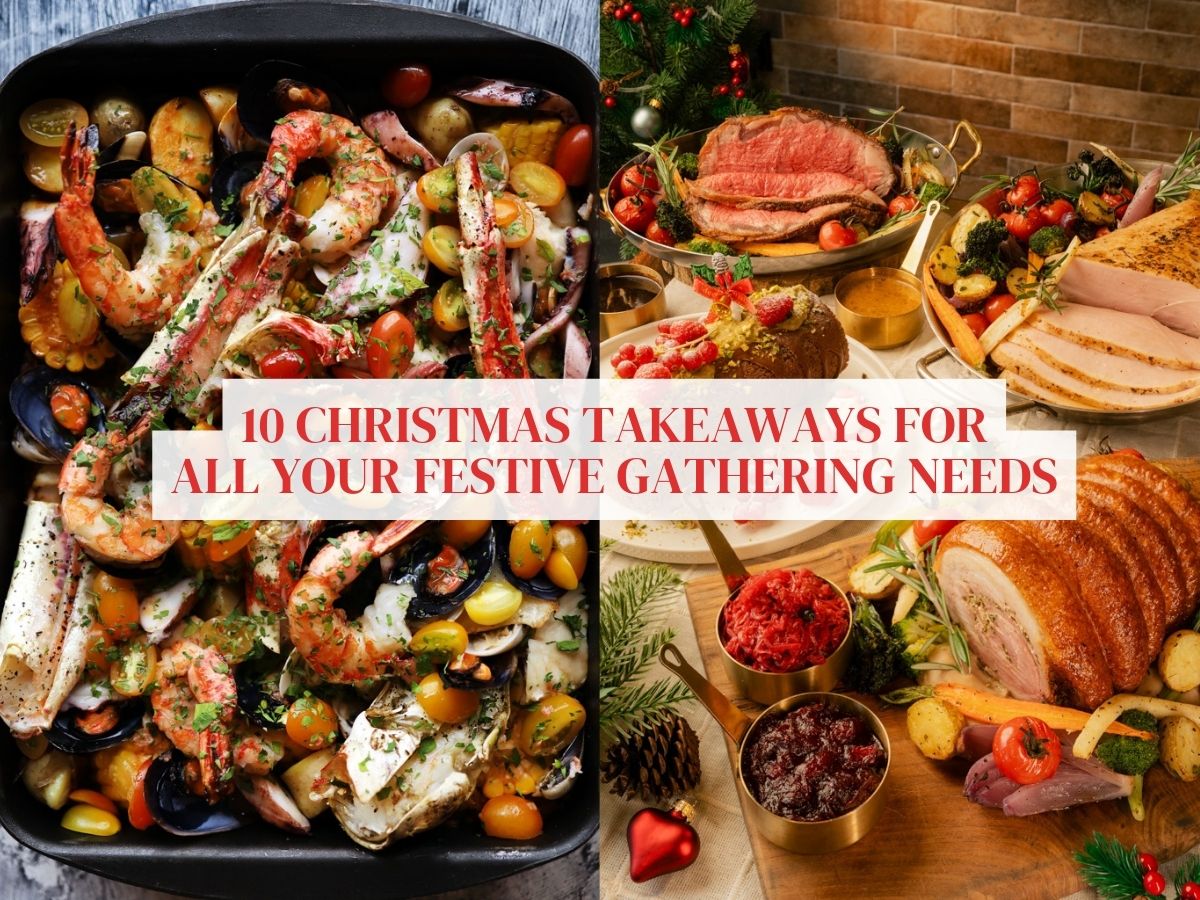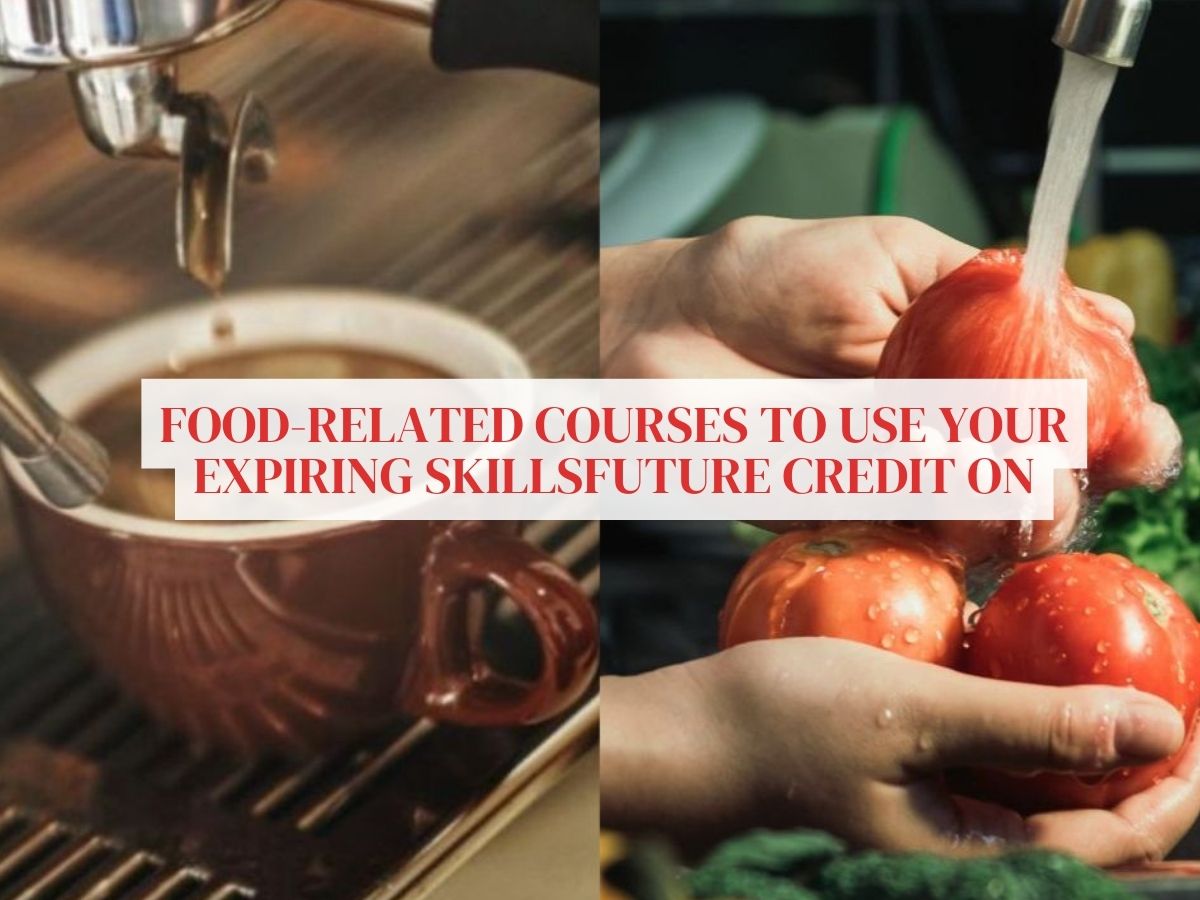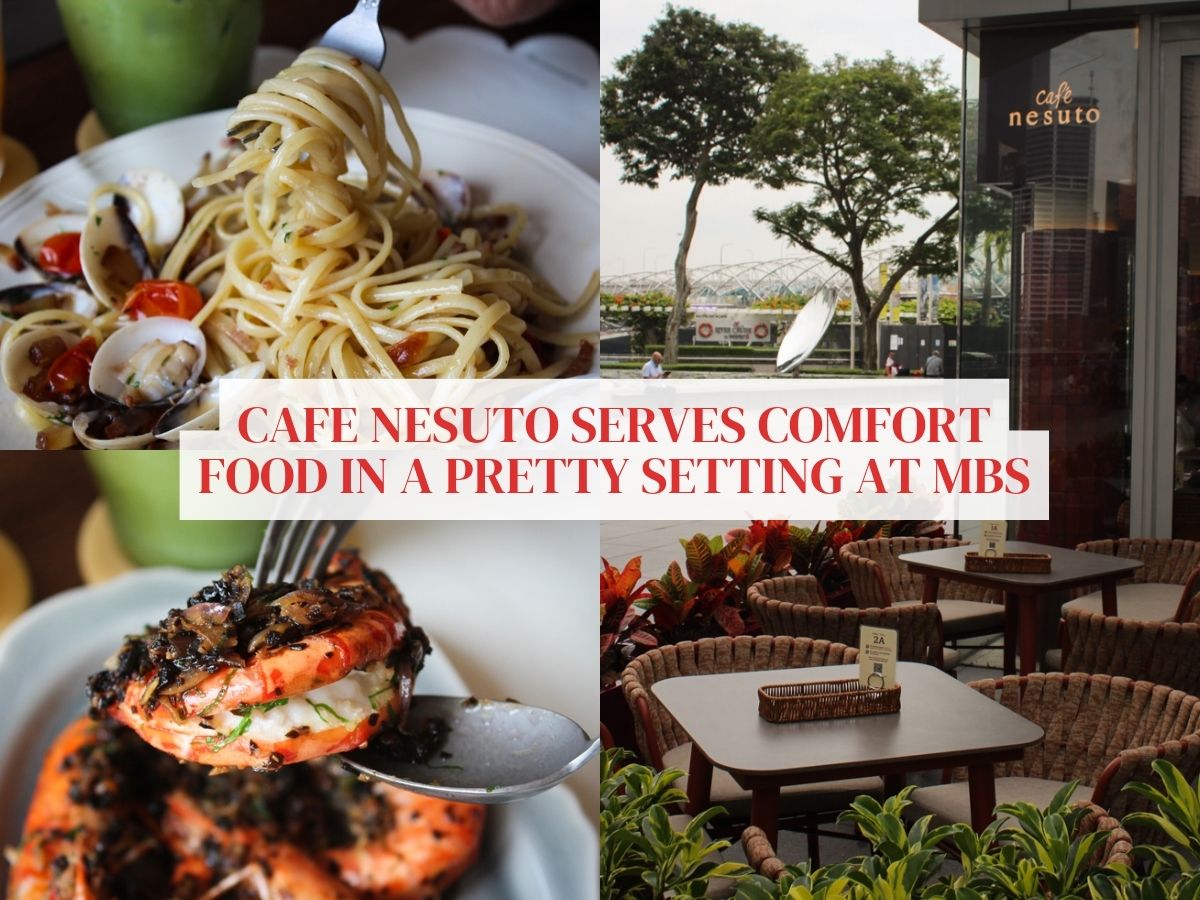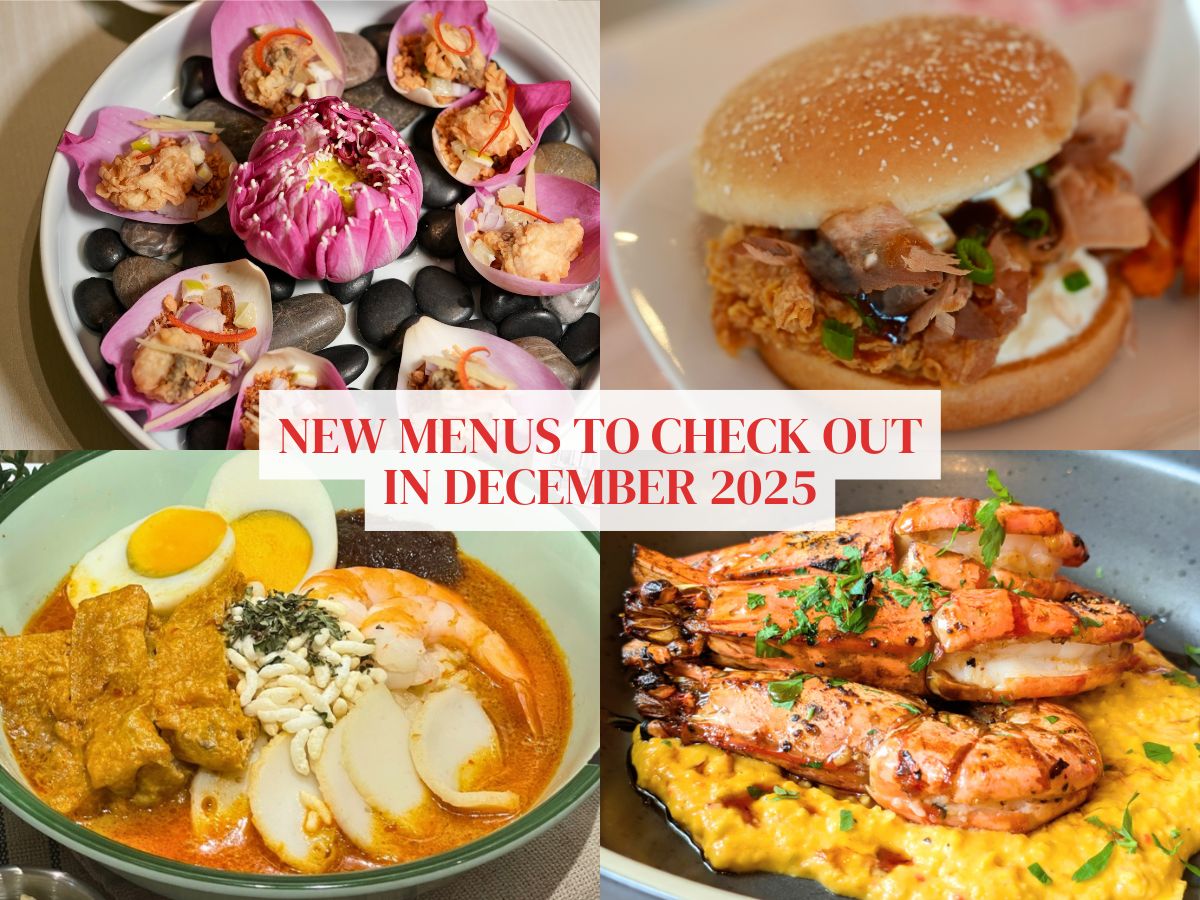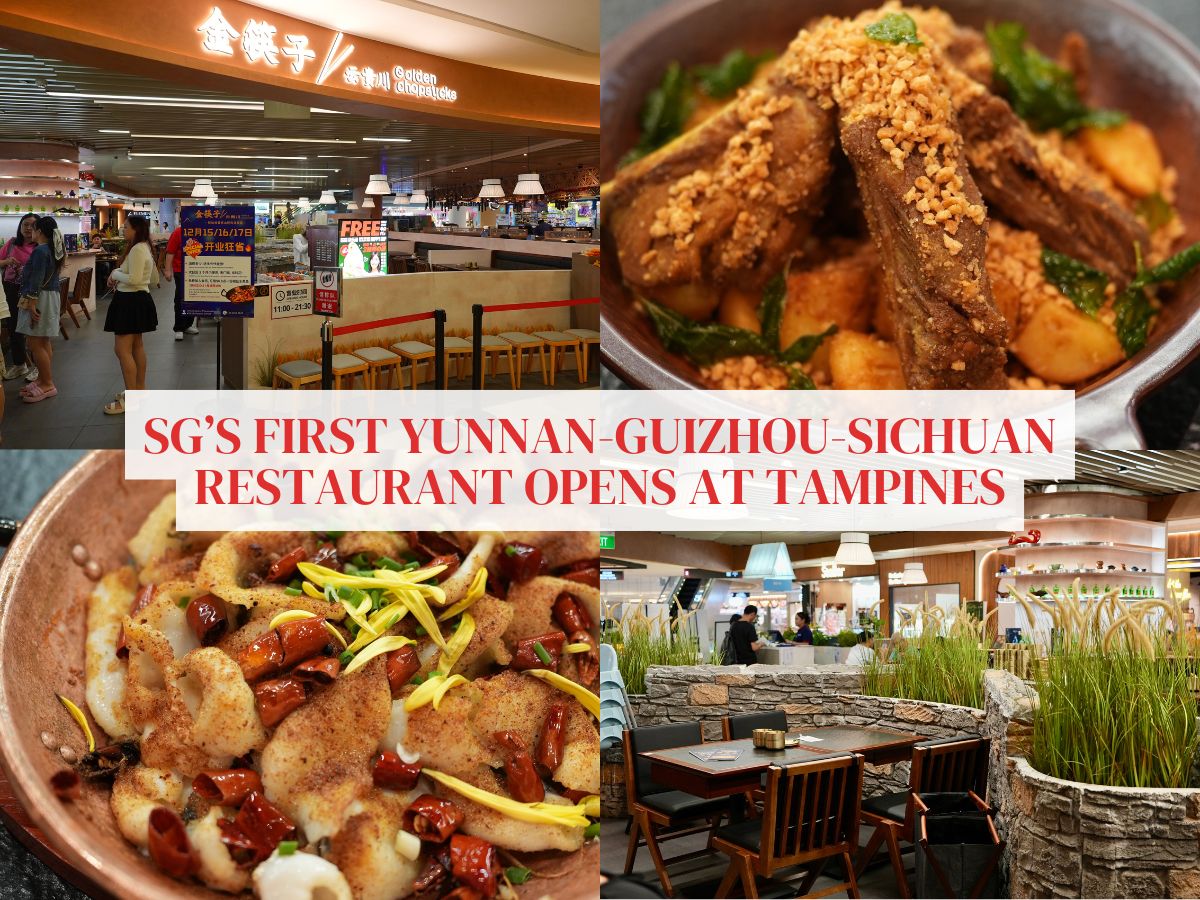How to Make: Min jiang kueh, according to beloved brand Munchi Pancakes
How to Make is a HungryGoWhere series spotlighting popular foods in Singapore and the work that goes into making them.
Singapore is celebrating its big 60 this weekend!
It’s been an incredible six decades for our Little Red Dot. As foodies, we are beyond thrilled to see how Singapore has grown into a bustling metropolis with an eclectic mix of street food, global brands and intricate fine dining concepts.
Still, very few things are able to trump our childhood creature comforts — and one of them has to be the fluffy and toppings-loaded min jiang kueh.
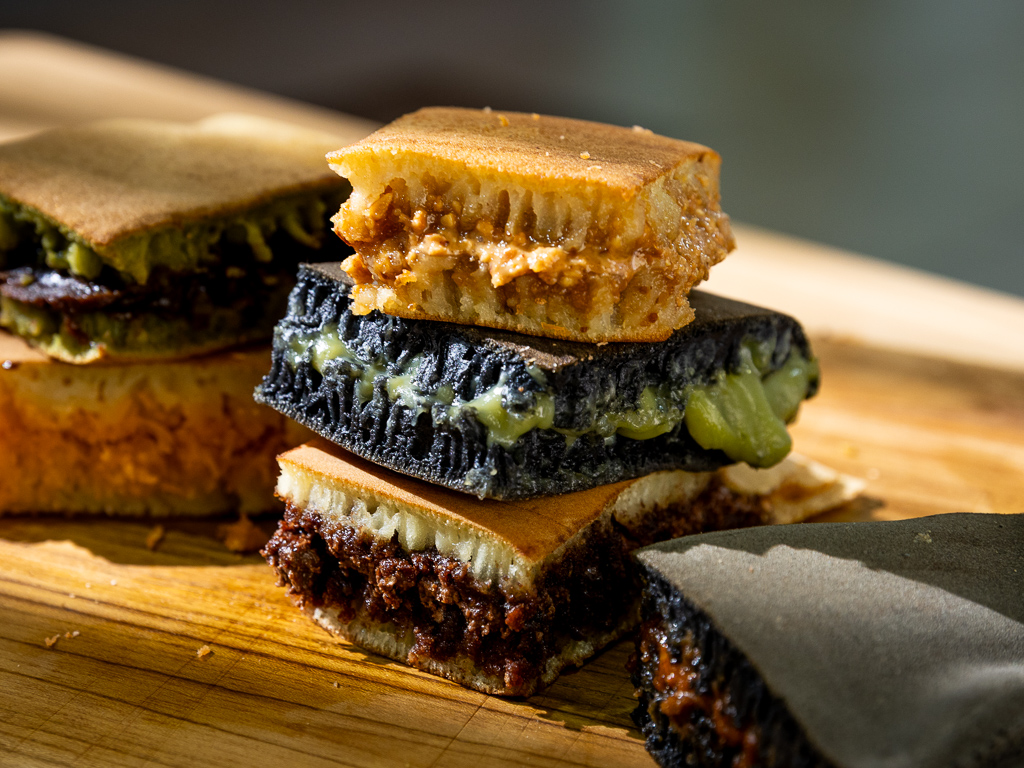
If we had to pick, min jiang kueh ranks right up there with other Singaporean snacks such as rainbow lapis and ang ku kueh.
Some might remember how min jiang kueh gradually disappeared from neighbourhood kopitiams in the late 2000s.
These days, though, it seems to be making a comeback. Now, it’s a popular treat, especially for the younger generation.
And there’s no better way to mark SG60 by exploring how to make min jiang kueh with Munchi Pancakes, one of the brands that’s making the snack cool again!
What is min jiang kueh?

Min jiang kueh is a dish that has many names, depending on which part of Southeast Asia you’re in.
It’s also referred to as “apam balik” in Malaysia, or “martabak manis” in parts of Indonesia.
This pancake-like dish actually originates from China and was brought to the region by southern immigrants, who modified it into the versions we’re familiar with today.
The batter for min jiang kueh usually includes a mixture of ingredients such as flour, eggs and baking soda, and is poured and cooked on a round iron skillet.
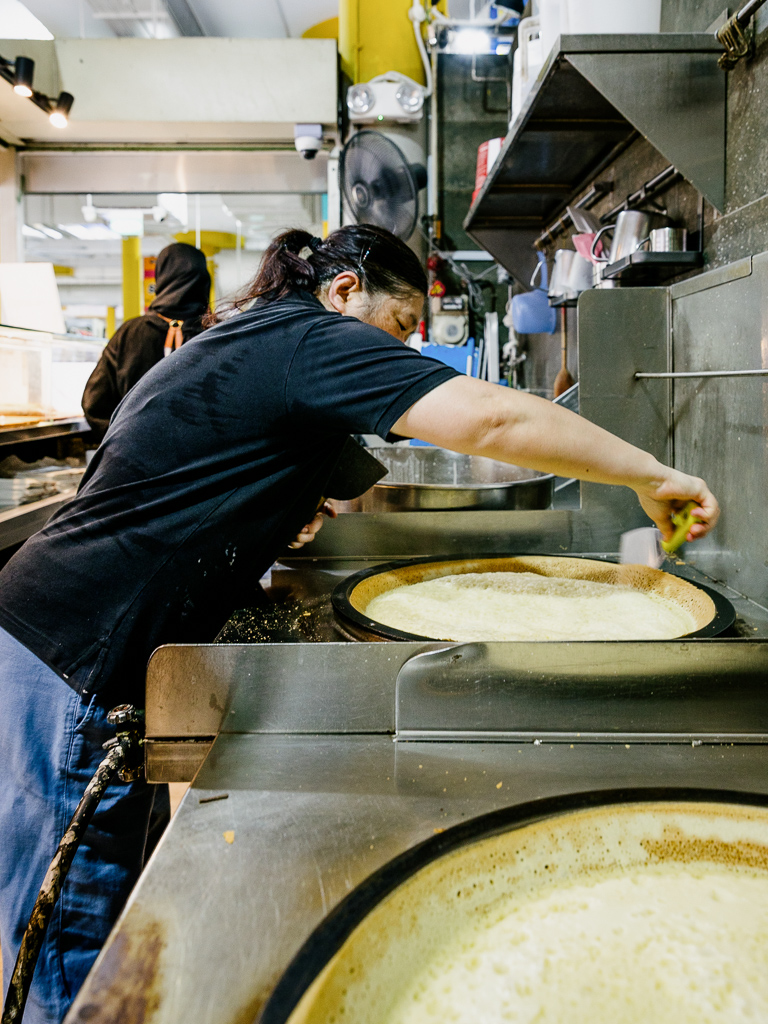
Some would describe it as a thick pancake, with a fluffy, airy and slightly chewy texture — and it’s usually filled with toppings, before being folded over.
Its most classic toppings include crushed peanuts, canned sweet corn or red-bean paste, but different locales might use chocolate rice or grated cheese in their pancakes.
On top of that, newer brands have been putting a modern spin on the dish, using interesting flavours such as Biscoff.
Munchi’s rise

If you’ve not been paying attention to the min jiang kueh renaissance, let us introduce you to the beloved brand that is Munchi.
This homegrown brand started in an Yishun coffee shop in 2016, but it exploded in popularity during the Covid-19 pandemic Circuit Breaker measures, when food deliveries were king.
Today, they have 40 outlets islandwide!
How did Munchi capture the hearts of so many young Singaporeans? We sat down with 65-year-old Trixie Kang, the brand’s training manager, to glimpse some insight.
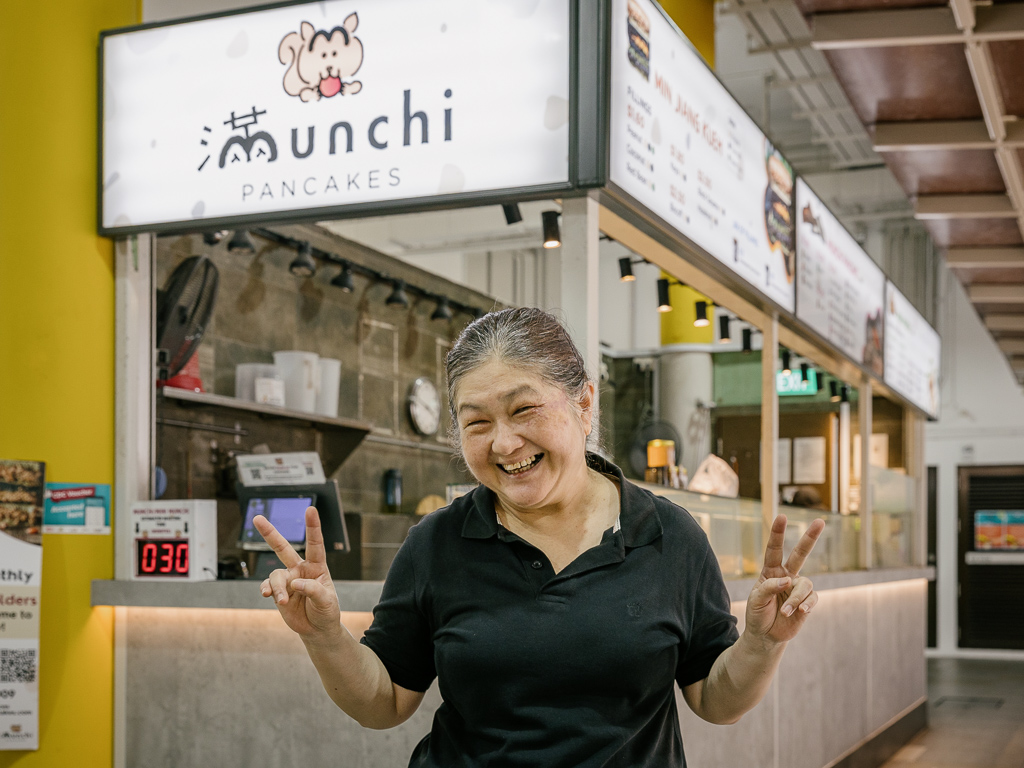
The extremely affable auntie is definitely the right person to ask: Trixie is in charge of training and teaching staff about the ins-and-outs of making min jiang kueh.
She used to work as a chef and joined Munchi as a part-timer at first, due to her age. It was a learning experience for her at the start, too, since she didn’t have any prior experience with this particular snack.
Trixie was also quite interested in what the brand was doing with the old-school dish: “When I first started, I thought of it as a breakfast item, but it’s like a dessert now, with a lot of creative fillings!”
In fact, she believes that creativity is the key to Munchi’s bustling business — primarily “how we made something traditional into something creative, with a lot of new flavours for the younger crowd.”
Min jiang kueh (from S$1.80) at Munchi can come with various fillings, ranging from peanut (S$1.80) and red bean (S$1.80), to hazelnut (S$2.20), black sesame (S$2.20) and even Biscoff (S$2.60)!
The modern min jiang kueh
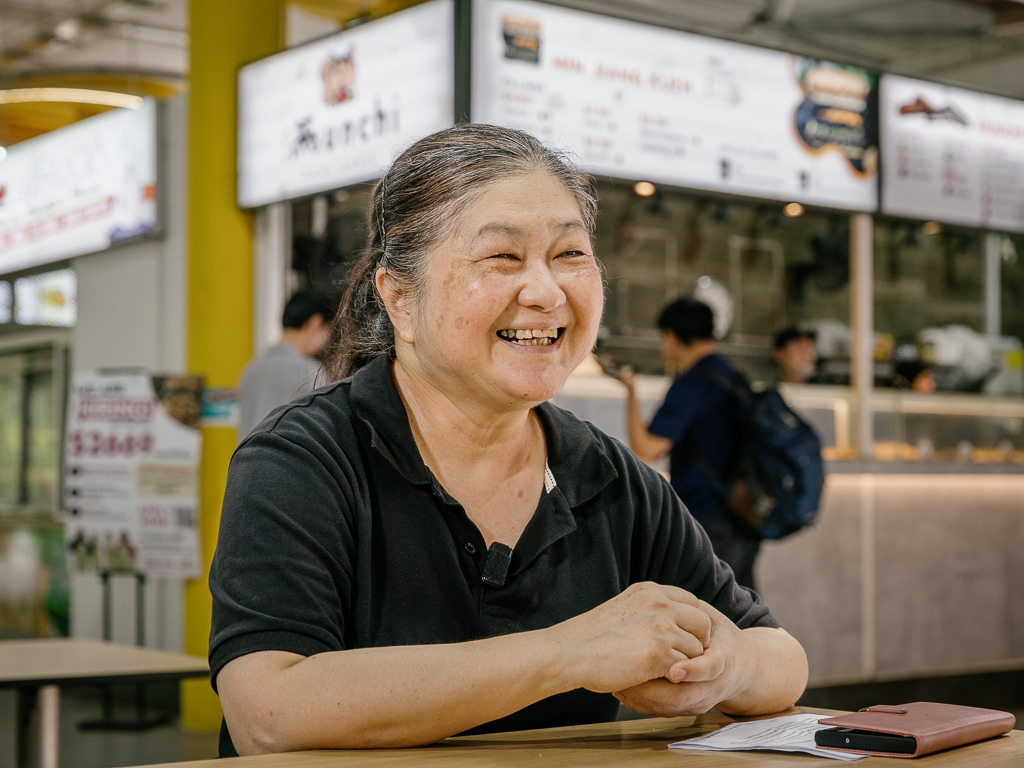
So, what has earned the dish its extended moment in the sun? She says we can credit the younger generation for it.
Many new-age min jiang kueh brands are designed to appeal to the younger demographic, so it’s only natural that it’s generated quite some hype and virality, especially with big players such as Munchi going big on branding and influencer marketing.
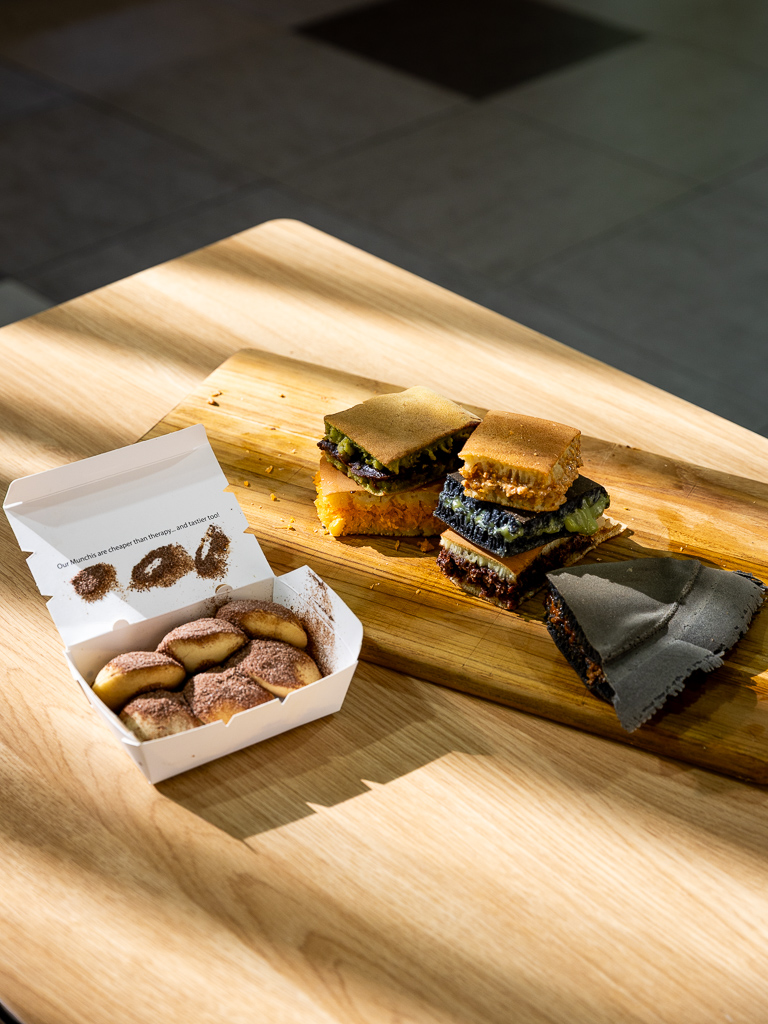
Also, min jiang kueh is a very convenient finger food, when compared with many other heritage foods — many of which come in larger, plated formats — which makes for easy, on-the-go snacking.
But, when it comes down to it, Trixie articulately summarises the phenomenon: “It’s something old, yet new.”
This wisdom all ties into Munchi’s driving ethos: Creating fun min jiang kueh offerings that play with many of our most familiar flavours.
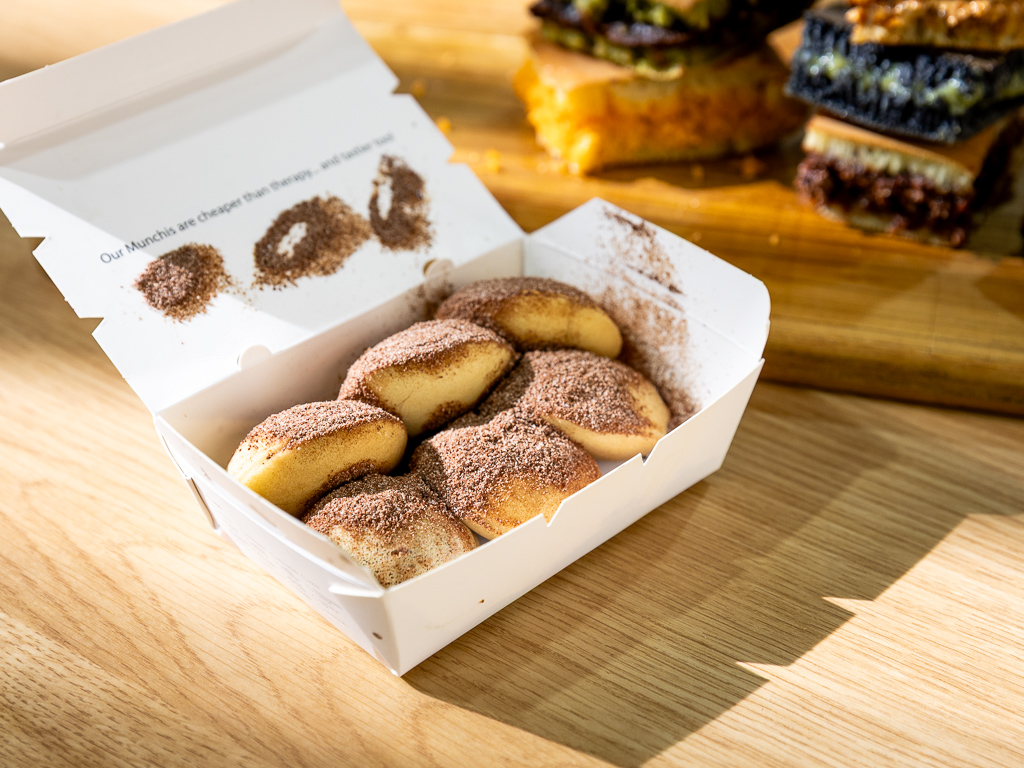
That includes a slew of collaborations with brands close to our hearts.
While many are still in the pipeline, Munchi’s latest limited-time special saw the birth of the Dinosaur Munchi (S$2.40), which oozes with stupidly rich and malty Milo cream, and comes dusted with Milo powder.
Since it’s a limited-time special, grab it before it’s off the shelves on September 30!
Keen eyes would also have picked up that the Milo collab is not a min jiang kueh, exactly.
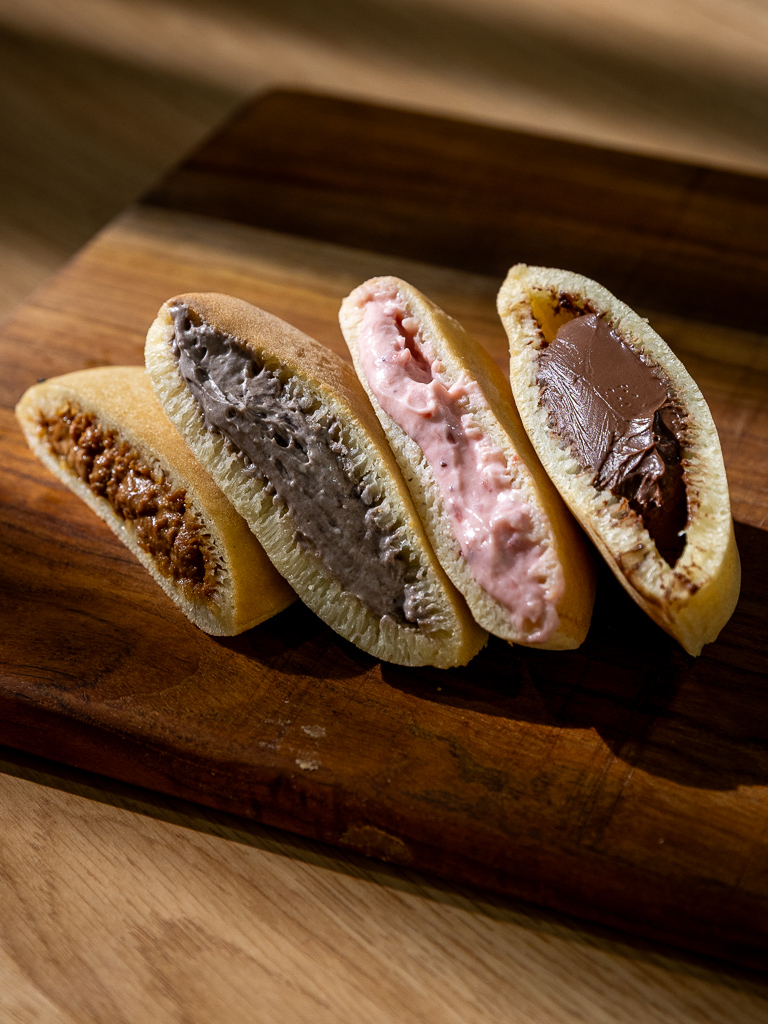
Besides the traditional snack, the brand also makes loaded, UFO-like “Munchi” pancakes (from S$2).
The textures are fluffy with a slight chew, similar to the min jiang kueh, but the fillings can be quite different.
Think cookies and cream cheese, bandung cheese, Thai milk tea and the ever-popular matcha.
Also, spoiler alert: The brand is also in the midst of expanding to Malaysia early next year and also plans to open another 20 outlets locally!
But of course, we’re here to talk about its star product — how exactly does Munchi make one of the best min jiang kueh in Singapore?
How to make min jiang kueh
The pancake
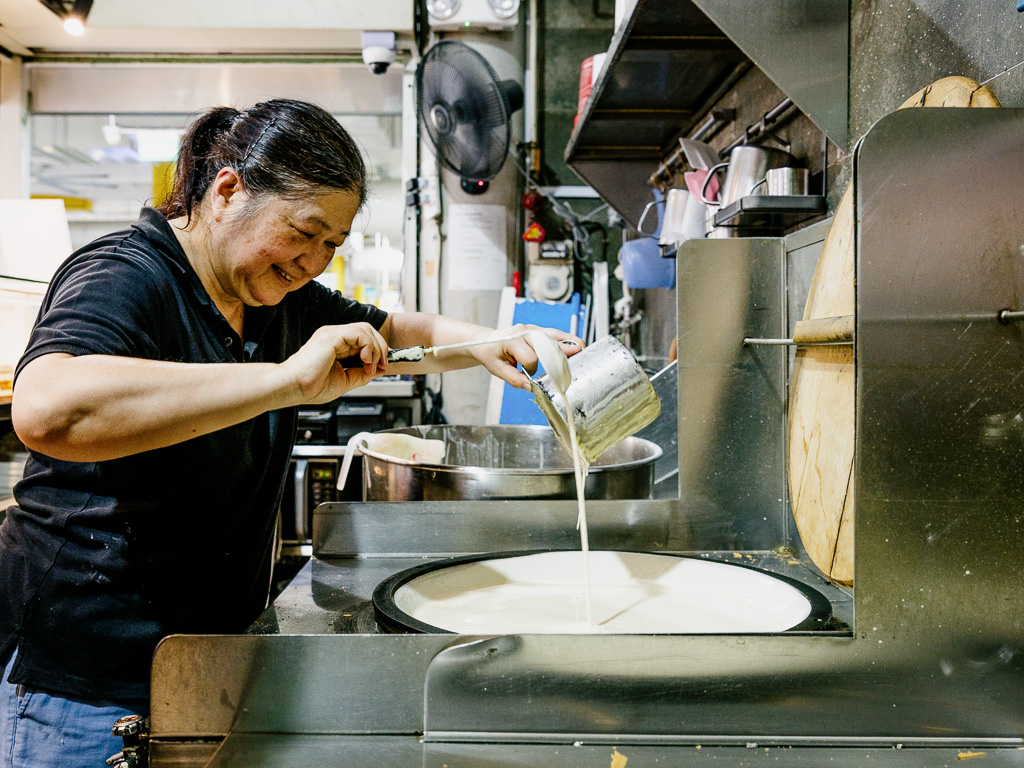
It lies in the attention to detail, from the moment the batter is cooking on the griddle.
The batter isn’t anything complicated or unique.
“From the outside, it looks simple, but it’s not that easy when you do it! It requires technique. The fire control is the hardest part of making it,” says Trixie.
“You need to wait for the pan to heat up and create a honeycomb effect — the batter needs to have a lot of bubbles. After it’s semi-cooked, you cover it and let it steam until it’s dry,” she adds.
The bubbles give it that extra fluffy, airy texture that you don’t get from the Western style of pancake.
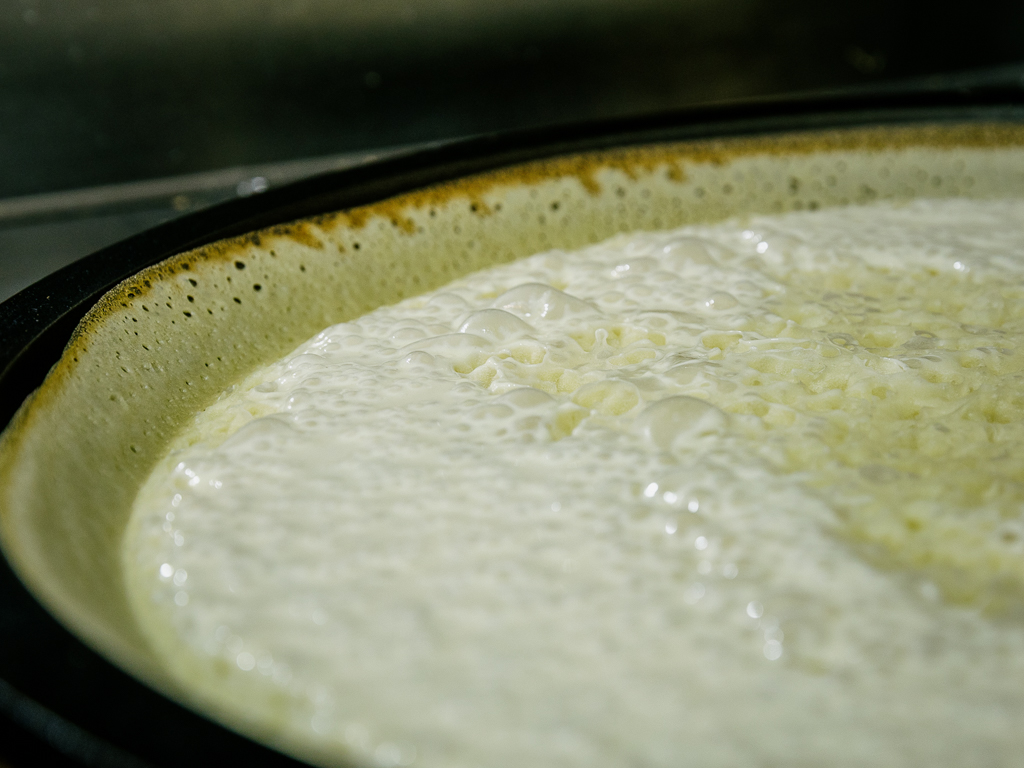
When it’s done, the fully-cooked pancake is taken off the pan, toppings are added, and then it’s cut into pieces for sale.
But what makes a min jiang kueh truly outstanding?

The Munchi training manager describes her ideal one: “A good min jiang kueh should be fluffy, and have some height and honeycombs. When you bite into it, you can feel the fluffiness inside and chewiness outside, with a bit of crispiness on the edges.”
She believes the fluffy and thick pancake texture is why the brand’s significantly younger following is so enamoured with the snack.
Besides having the best, fluffiest texture, Munch’s pancakes also have a bit of flair.
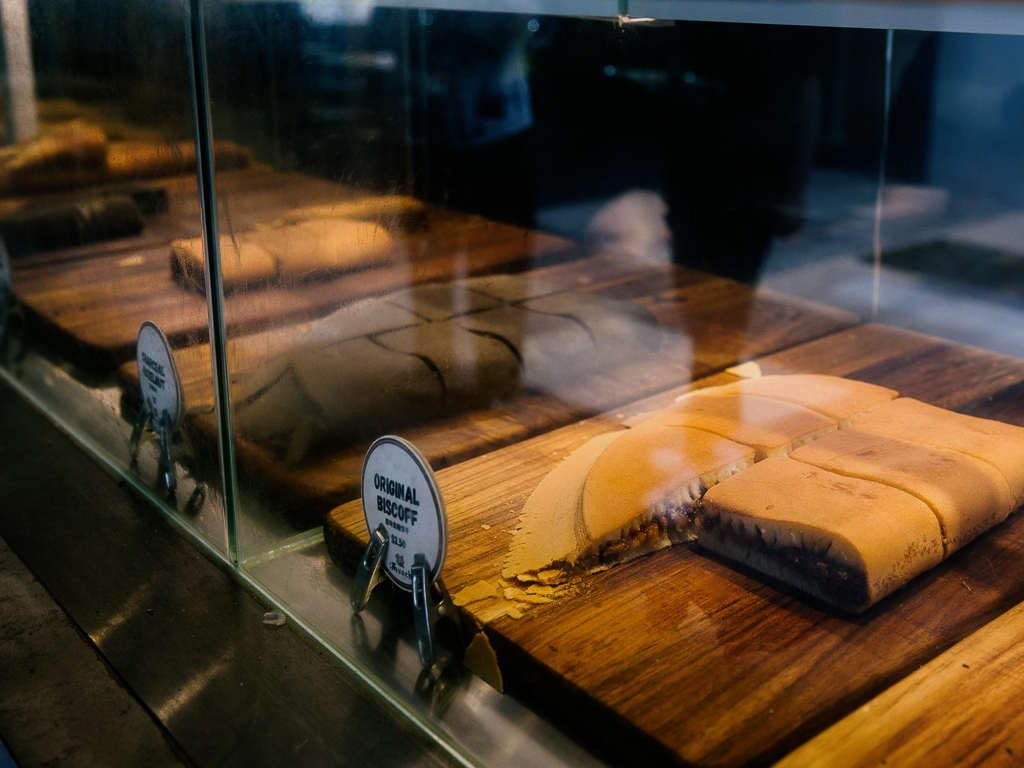
Even if you’re a casual viewer, one thing that’s immediately apparent is the assortment of colours in its display.
Besides the original, it also offers both charcoal and green tea flavours.
The latter, in particular, is usually paired with the red bean filling — it’s reminiscent of the classic Japanese pairing of matcha with azuki!
The fillings

While the fluffy pancake base is an important component, there’s no doubt that Munchi’s choice of innovative fillings is what makes it stand out, especially back when it wasn’t quite as trendy as it is today.
The effort and man-hours spent is what makes all the difference. Says Trixie: “When we first started in Yishun, we made all our fillings here ourselves.”
Now, some of the outlets still do it on-site, but some would get it delivered from other outlets.
Munchi doesn’t just focus on newfangled flavours, though.
“One of our most popular fillings is the peanut. It’s a lot of work as we mix crushed peanuts into peanut butter,” she says.
This mix of textures makes its rendition on this classic flavour a lot more fun.

But many people, including Trixie, swear by Munchi’s earthy and fragrant black sesame paste or the crunchy and decadent Biscoff — both of which work well with the lightly sweet profile of min jiang kueh base.
Although these toppings can be quite novel, the team still tries not to stray too far, reserving the wackier flavours for the Munchis, rather than the min jiang kuehs.
Ultimately, though, the winning formula seems to be more about adapting to a wider range of flavour preferences, instead rigidly sticking to traditions!
With Munchi, min jiang kueh isn’t just a nostalgic snack anymore, but something almost anyone can enjoy — especially if they have a sweet tooth!
This was a hosted tasting.
For more ideas on what to eat, read our stories on restaurants where you can spend your CDC vouchers and how two young brothers started a red-hot curry puff brand that attracts long queues.
